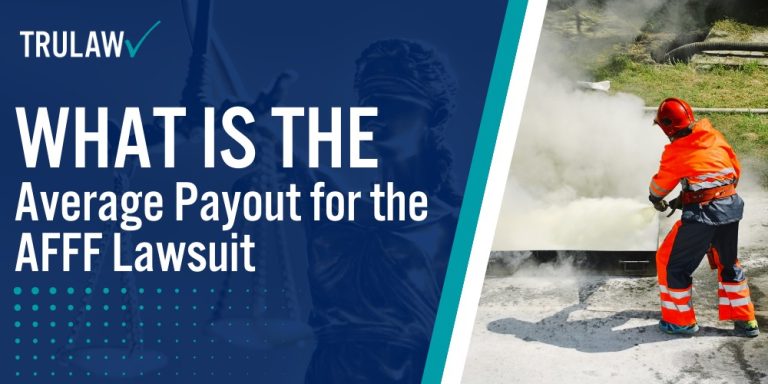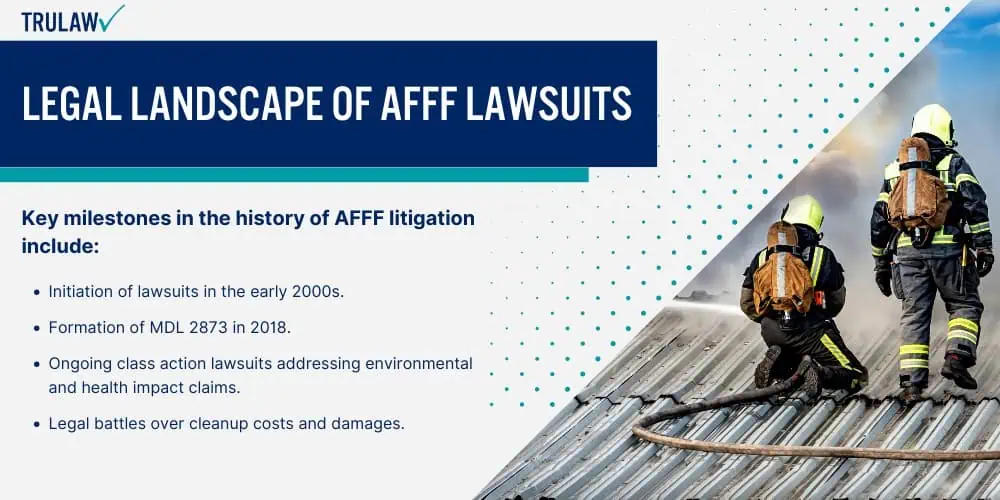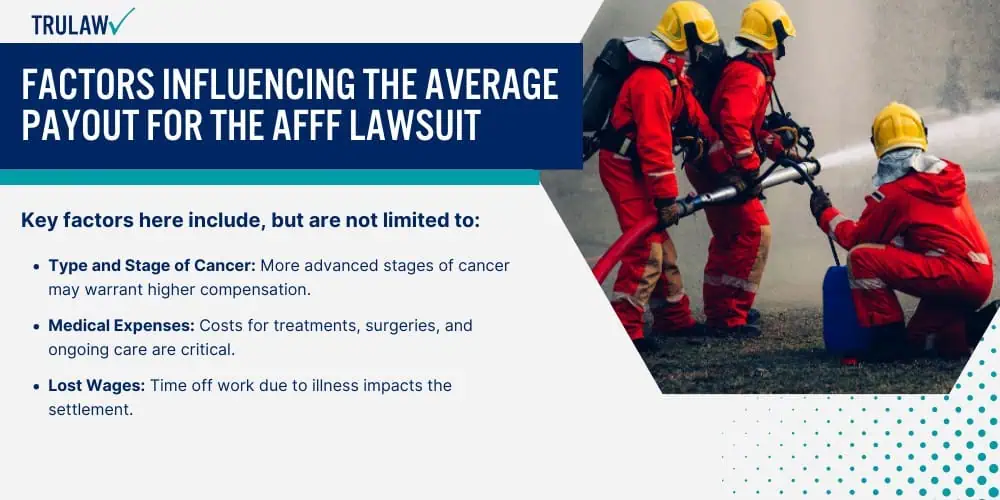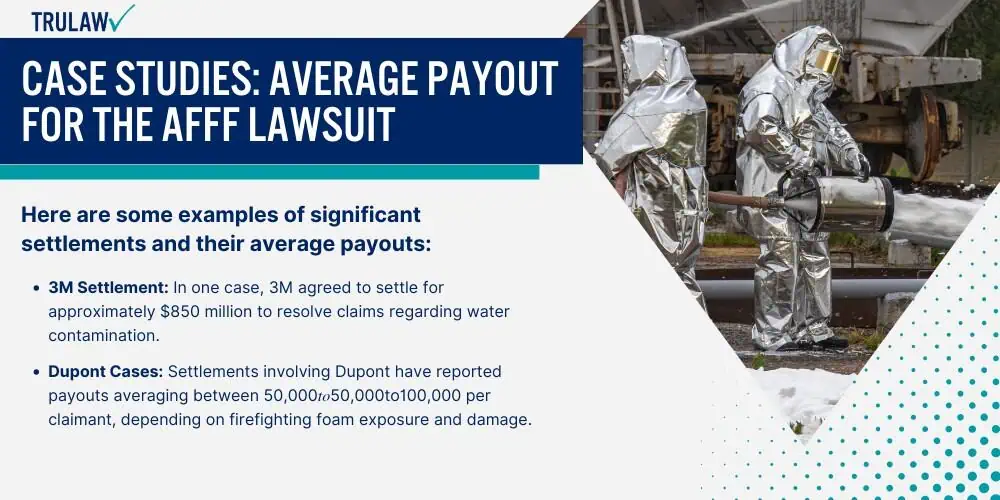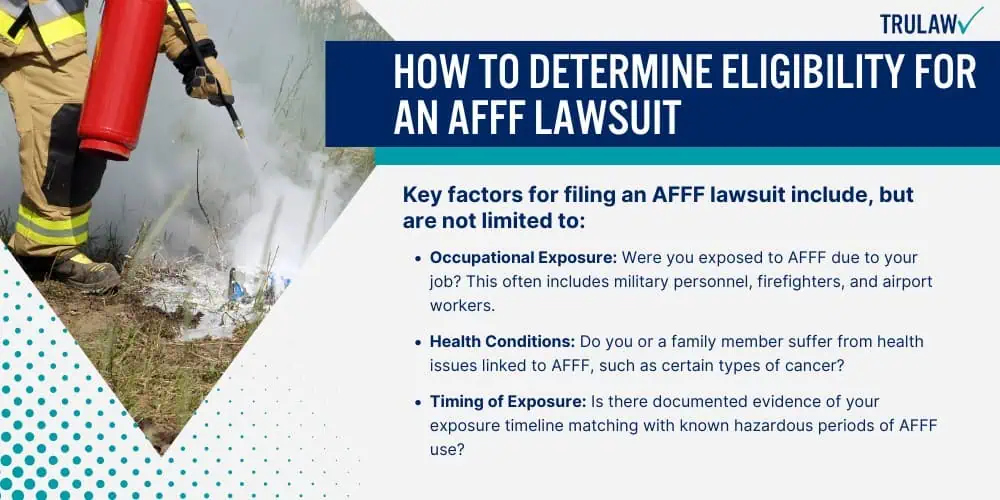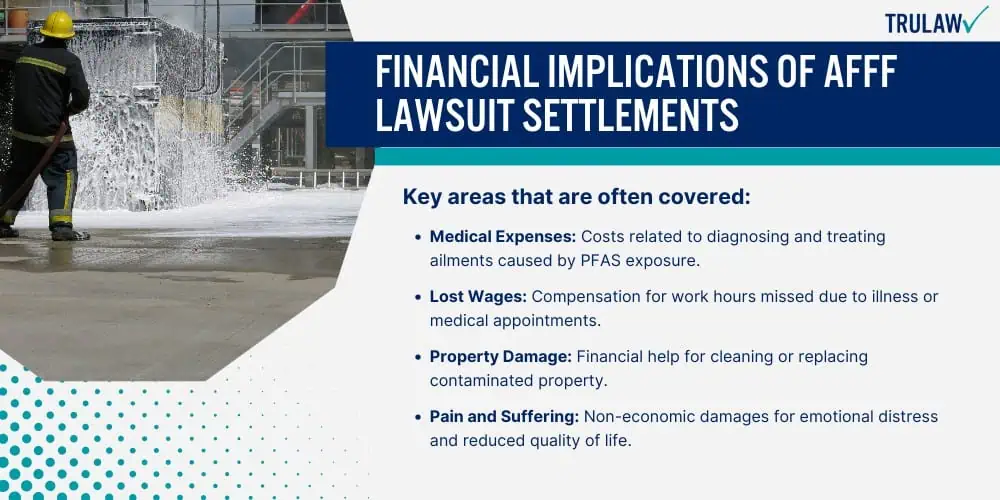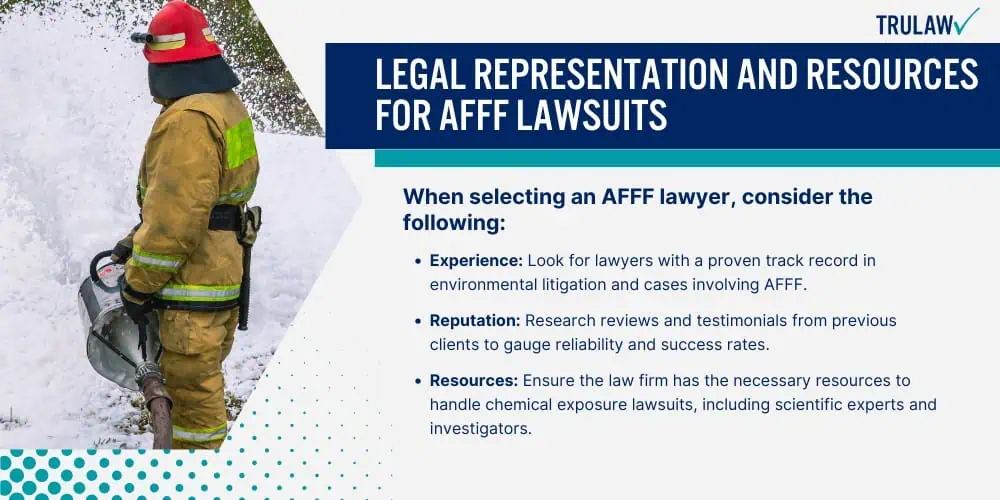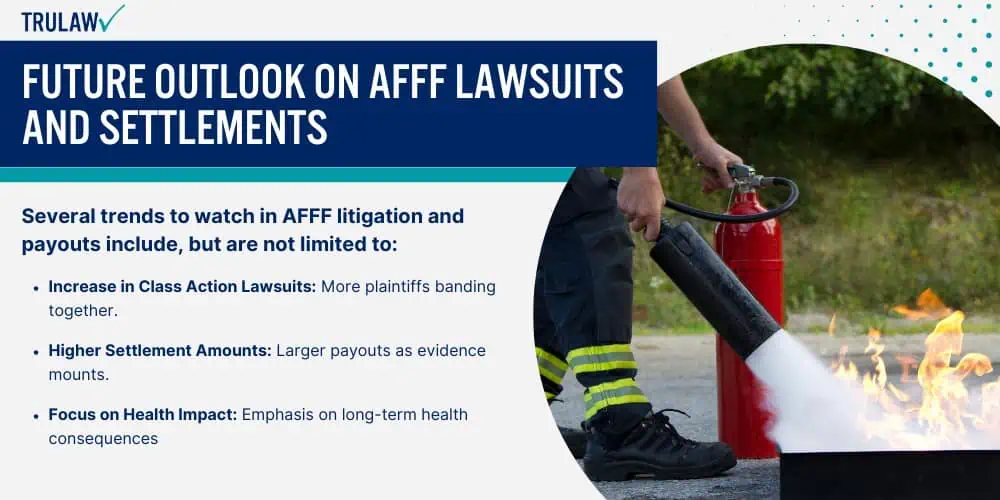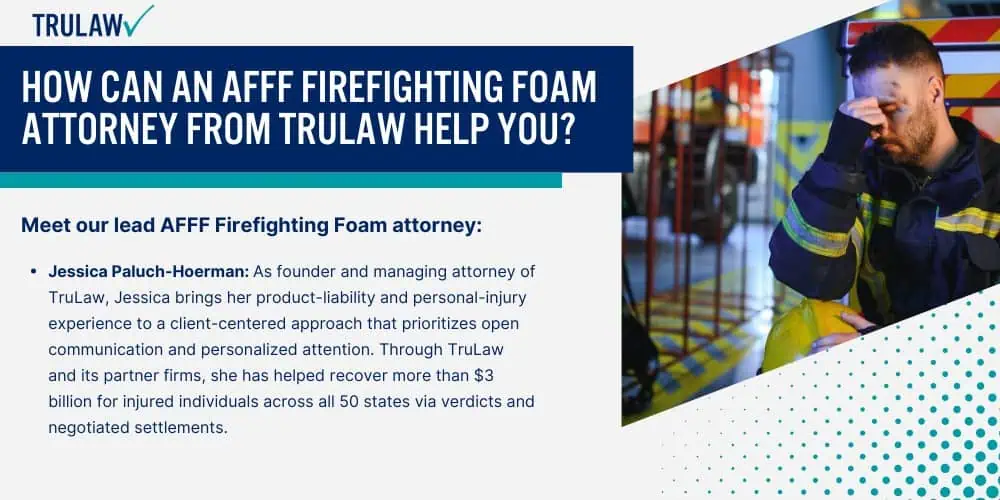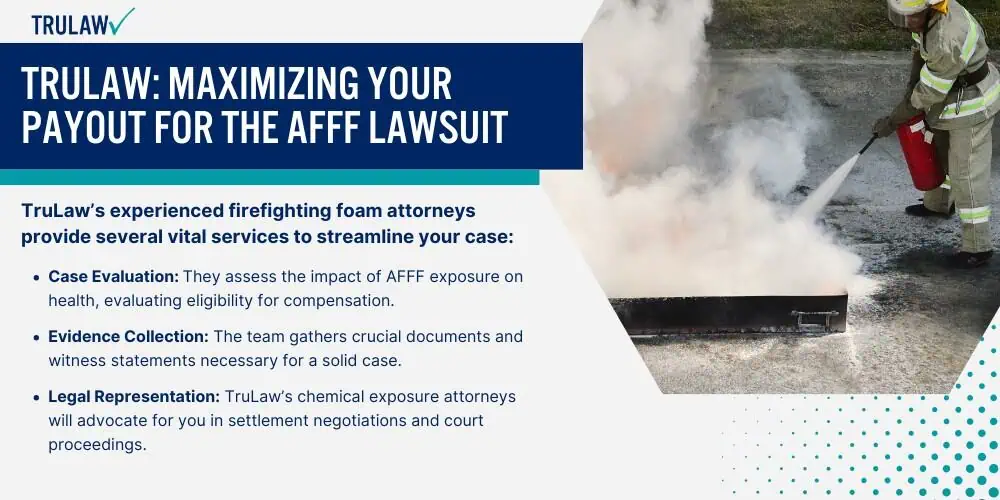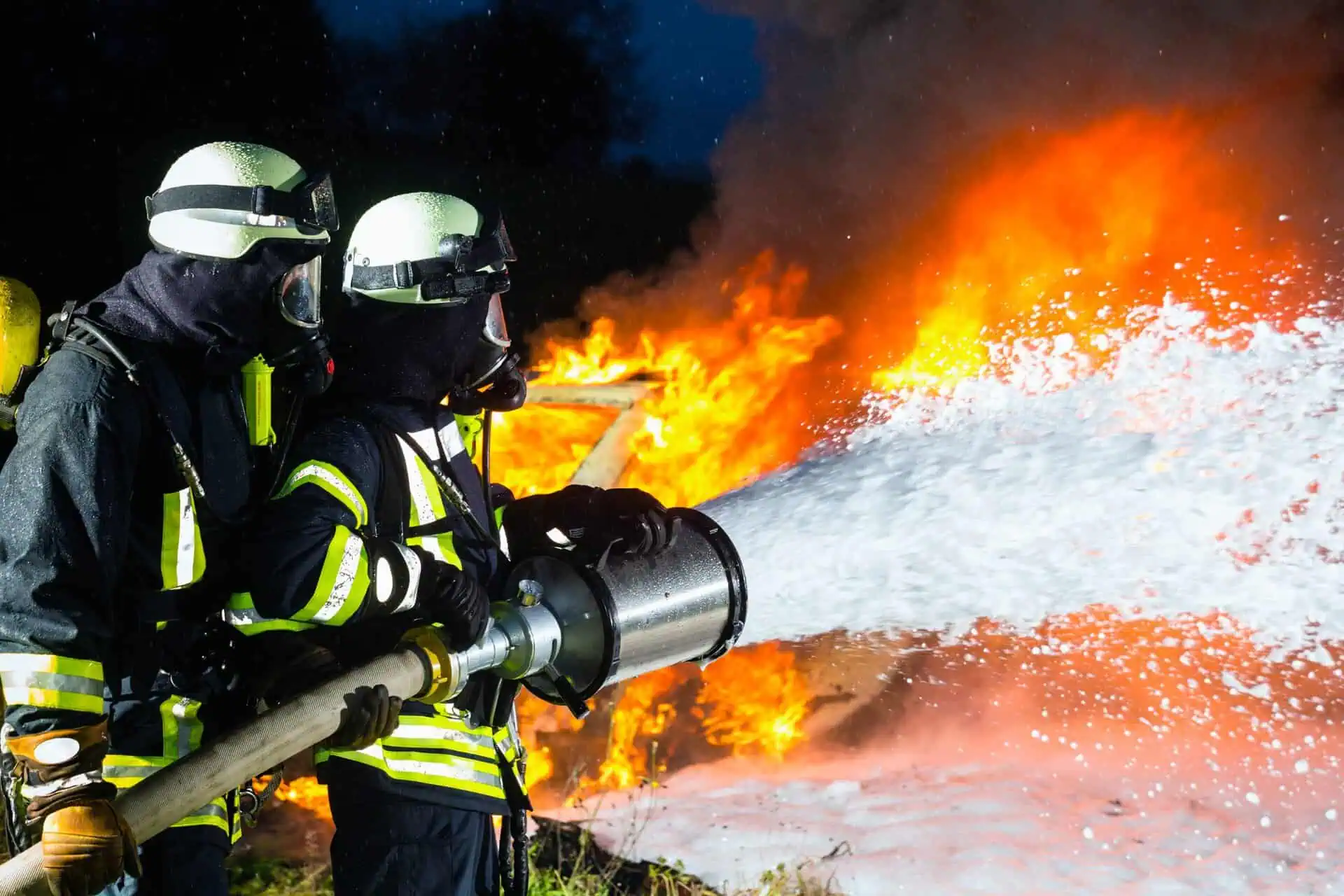Aqueous Film-Forming Foam (AFFF) has been widely used in firefighting for its effectiveness.
However, its ingredients raise concerns regarding health and environmental risks, spurring numerous AFFF firefighting foam lawsuits.
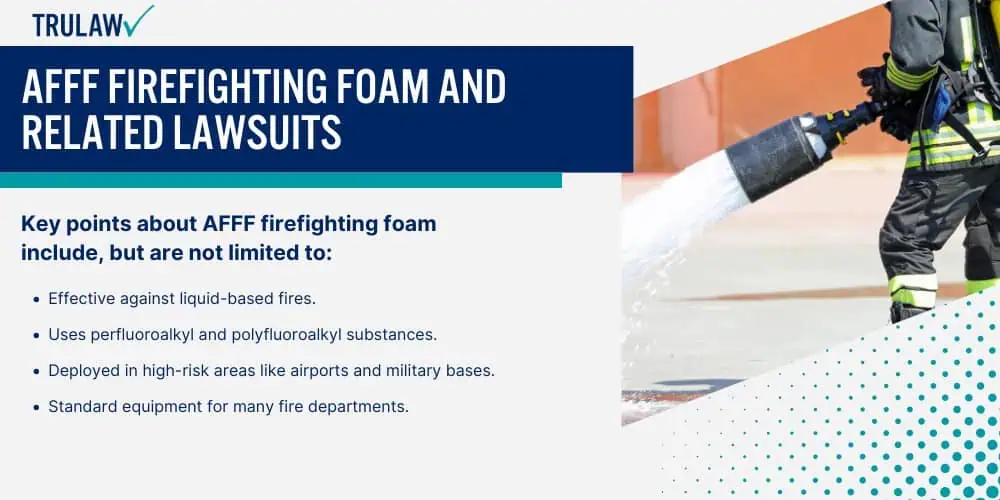
What is AFFF? Basics and Usage in Firefighting
AFFF is a fire suppressant foam designed to extinguish flammable liquid fires.
It works by creating a film that cools the fuel and smothers the flames.
Commonly used by the military, airports, and firefighters. AFFF firefighting foam is known for its efficiency in handling difficult fires.
Key points about AFFF firefighting foam include, but are not limited to:
- Effective against liquid-based fires.
- Uses perfluoroalkyl and polyfluoroalkyl substances.
- Deployed in high-risk areas like airports and military bases.
- Standard equipment for many fire departments.
Its effectiveness has made it a staple in emergencies, yet its chemical components have sparked significant legal and environmental issues.
Health and Environmental Risks Associated with AFFF
AFFF contains PFAS chemicals known for their persistence in the environment and potential health risks.
Exposure to PFAS has been linked to various health issues, leading to AFFF cancer lawsuits.
Major concerns regarding AFFF health and environmental risks include, but are not limited to:
- PFAS contamination in water supplies.
- Increased cancer risk among exposed populations.
- Long-term environmental impact, as PFAS are not easily broken down.
- Legal actions seek to address the harm caused by these chemicals.
The extensive use of AFFF firefighting foam has made understanding its risks and the resulting litigation essential for affected communities and professionals.
AFFF foam lawsuits seek to hold manufacturers accountable for these health and environmental damages.
For more details, refer to 3M’s involvement in the lawsuits and ongoing litigations.
